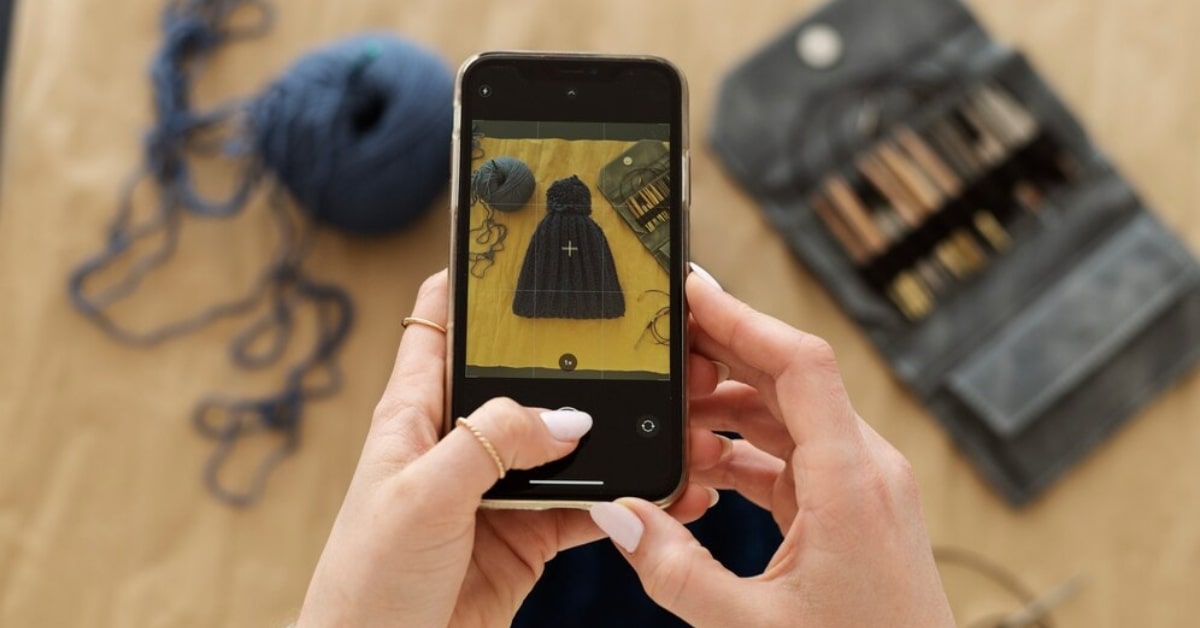Photography stands as the cornerstone of effective e-commerce marketing, offering an enticing visual narrative that captivates potential customers. Within the realm of e-commerce, two primary types of photography serve distinct purposes, catering to varied needs and preferences. This article dives into these two essential types of photography and their significance in the e-commerce landscape.
Two Types of Photography for E-commerce
E-commerce relies on product and lifestyle photography. Product shots showcase items, while lifestyle images create context, boosting engagement and sales in online stores.
Product Photography
- Purpose: Product photography revolves around showcasing individual items in detail, highlighting features, textures, and specifications.
- Methodology: It involves capturing product images against a clean, neutral background, ensuring clarity, and emphasizing product-specific details.
- Significance: Product photography aids in informing customers about the appearance and functionality of items, influencing purchase decisions.
Lifestyle or Contextual Photography
- Purpose: Lifestyle photography places products in real-life scenarios or settings, depicting their usage and context.
- Methodology: It involves presenting products in use, often portraying them within a lifestyle or situational context to evoke emotions and demonstrate utility.
- Significance: Contextual photography helps consumers visualize products in their lives, showcasing benefits and creating relatable narratives.
Distinguishing Between Product and Lifestyle Photography
Product photography focuses on showcasing items, while lifestyle photography creates context by presenting products in real-life situations. Both are vital for effective e-commerce marketing strategies.
Focus
Product Photography: Focuses primarily on the product itself, highlighting details and specifications.
Lifestyle Photography: Emphasizes the product’s role in the context of everyday life, showcasing its practicality and benefits.
Presentation
Product Photography: Typically features isolated product images against a plain background for a clear view.
Lifestyle Photography: Incorporates storytelling elements, portraying products within realistic situations or environments.
Customer Impact
Product Photography: Informs customers about product appearance and features, aiding in decision-making.
Lifestyle Photography: Creates emotional connections, illustrating how products fit into customers’ lives.
Conclusion
Product and lifestyle photography serve as integral components of an effective e-commerce strategy, each offering unique perspectives and fulfilling distinct customer needs. Understanding their differences and harnessing their combined power allows businesses to craft compelling visual stories via photography and photo editing, ultimately engaging customers and driving sales in the competitive e-commerce landscape.
FAQs
Which type of photography is more suitable for product details?
Product photography, with its focus on clarity and details, is ideal for showcasing product specifications and close-up views.
Can a product listing have both types of images?
Absolutely! Combining product images for specifics and lifestyle images for context provides a comprehensive view, catering to different customer preferences.
How do these types of photography impact conversion rates?
Both types play essential roles; product photos aid in informative decision-making, while lifestyle images can evoke emotions and boost desire, positively impacting conversions.
Are lifestyle photos more challenging to create than product images?
They might require more planning and creative direction to set up scenes or contexts, but both types demand expertise and attention to detail.
Can these photography types be used interchangeably?
While each has its purpose, integrating both can create a well-rounded and persuasive visual narrative for e-commerce platforms.
This page was last edited on 27 February 2024, at 6:04 pm
